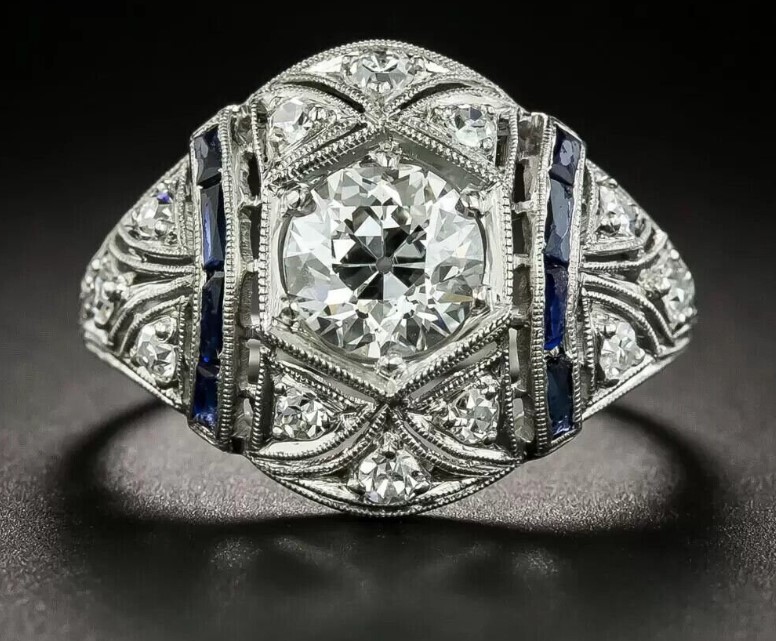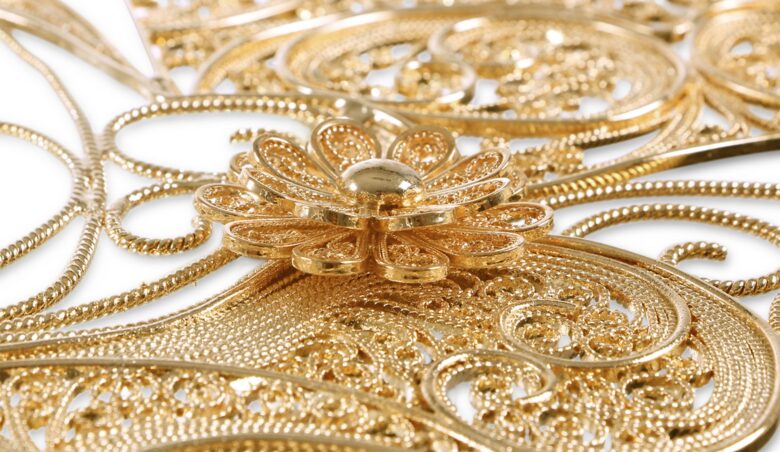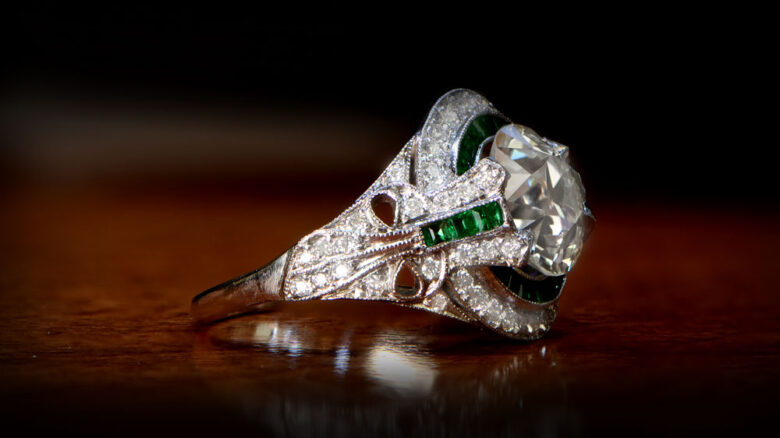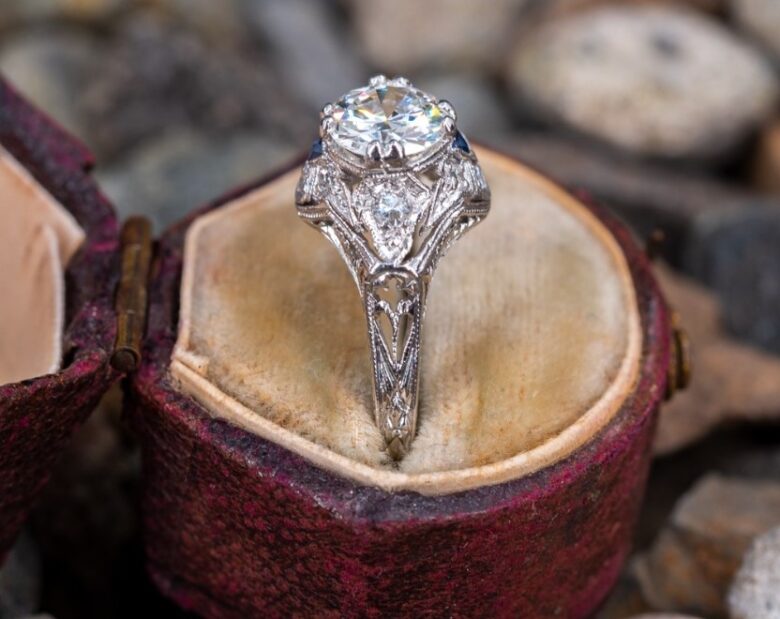The big day has come. You’re ready to ask your partner to marry you. You take a bus down to your nearest jewellery store and peer through the window to pick out an engagement ring. The in-store clerk begins talking you through all the different options and designs.
Solitaire, cathedral, pave, tapered, reverse-tapered, criss-cross. You draw the line at filigree. You flee the scene, jump back on the bus and pretend the thought of marriage never crossed your mind.
The Decision
Engagement rings are hard. While the decision to marry the person that you love seems like the biggest decision of your life, it pales in comparison to the decision that’s going to come next. Seriously, we envy the people who have engagement rings passed down to them from their great, great grandmother. The decision was made for them around one hundred years ago. There’s no stress, no panic, no profuse sweating.
The number of designs and patterns is almost too long to contemplate, and quite honestly, the thought of having to make such an important and expensive decision yourself can put you off the idea of marriage full stop.
But we’re here to tell you that it doesn’t have to be this way. A lot of the time, choosing an engagement ring can be done simply by taking a look at what is popular and fashionable at the time. While, of course, there are a whole load of settings and designs that are popular at any given moment, there is one that has come right back to the forefront over the last few decades. Not to mention it is beautiful, unique and, most importantly, safe.

The Answer
Yes, okay, the guy in the introduction drew the line at filigree. But no one should be scared of a name. Taking the time to learn a little bit about this design can show you just how much of a fit it might be. The filigree design is an old-school, art-deco template which has been coming back to the foreground for a while now.
Renowned for its subtle and intricate beauty, filigree is a form of metalwork which involves shaping delicate wires (typically gold or silver) to form unique textures and detail. It is most commonly found in rings, but you can also find filigree patterns in all shapes and sizes, including bracelets, necklaces, dining sets, furniture and more.
What Is Filigree?

The name “filigree” comes from the word “filum”, which means thread. The second part, “granum”, means grain. This describes the method of threading the metal strips into tiny, detailed grains which form the overall construction of the object itself.
Like any other piece of jewellery, filigree has a long history. Dating back to Ancient Greece and Mesopotamia in 5,000 BC, it wasn’t until the 1900’s that it began to rise in popularity. Used most predominantly within french fashion, the art deco movement in the 1920s was the moment the design truly soared and became utilised across the world.
The act of creation is simple in theory, but it is difficult to pull off in practice. It consists of twisting and weaving strips of thin metal to achieve unique details and texture. To give you an idea, a jeweller will start by stretching the metal into thin, delicate strips. They will then start working on each piece one at a time, using heated tools to soften the metal and manipulate it in the way they choose. This is normally done with either pliers or tweezers, but some jewellers are known to do it by hand. The process is then repeated a number of times until an adequate design is reached.
Where Does Filigree Work Best?

We would say that filigree works best when it is implemented in the jewellery scene, specifically when it comes to engagement rings. Its design is old-fashioned but timeless, and its beautiful, woven features give any ring a status of luxury and intricacy.
As an answer to the engagement ring dilemma, we would say that choosing something which utilises this design cannot really go wrong. You would be hard-pressed to find someone who actively dislikes filigree, especially if the ring is crafted by hand and unique for the finger you are putting it on.
As mentioned previously, filigree is not just a prominent design in the jewellery scene. It can also be seen in home décor pieces, specifically dining sets and candlesticks for the dining room. On the website Nadav Art, for instance, you can find a variety of beautifully crafted candlesticks which follow the same filigree technique. It is also used for furniture and architecture, with armoire wardrobes, in particular, being a perfect example of luxury and beauty within the home.
Can You Buy A Filigree Ring With Gemstones?

You might be wondering if any gemstones work with the filigree pattern. Well, one of the other reasons filigree rings are so popular is because they can give sparkle and shine to a jewellery piece without any gemstones at all. This makes them a relatively inexpensive option, which can certainly be a benefit if you are on a bit of a tight budget.
If you want a gemstone for your engagement ring, however, then they will work just as well with this design as they would with any other. In fact, filigree can make smaller gems look even bigger than they are, and the ornate patterns can draw more attention to the centre stone too.
This is why, if you are beginning to sweat at the thought of picking out an engagement ring, asking for the jeweller’s filigree options can be a great starting point. You will be able to judge for yourself how much better the gems look with this design, and you will also get to see the intricate weaves of the metal up close and in person, which is always a positive thing when it comes to your decision.
Take A Look For Yourself
Even after thousands of years, filigree is still one of the most respected and loved designs in the world. But don’t just take our word for it.
Go to your local jewellers, take a look, try not to panic and sweat too much, and make the decision yourself. It’ll all work out alright in the end, we promise.


